Braking Point 2 allows players to immerse themselves in a compelling racing story that gives a unique peek behind the curtain of the world of Formula One. The story revolves again around rival drivers Aiden Jackson and Devon Butler, but with the added twist of them being teammates for the newly formed Konnersport Butler Racing Team, alongside a new female driver, Callie Mayer.
REALTIME was tasked with creating cutscenes that ranged from emotional character performances right through to on-track action, featuring intense races and high-speed collisions.
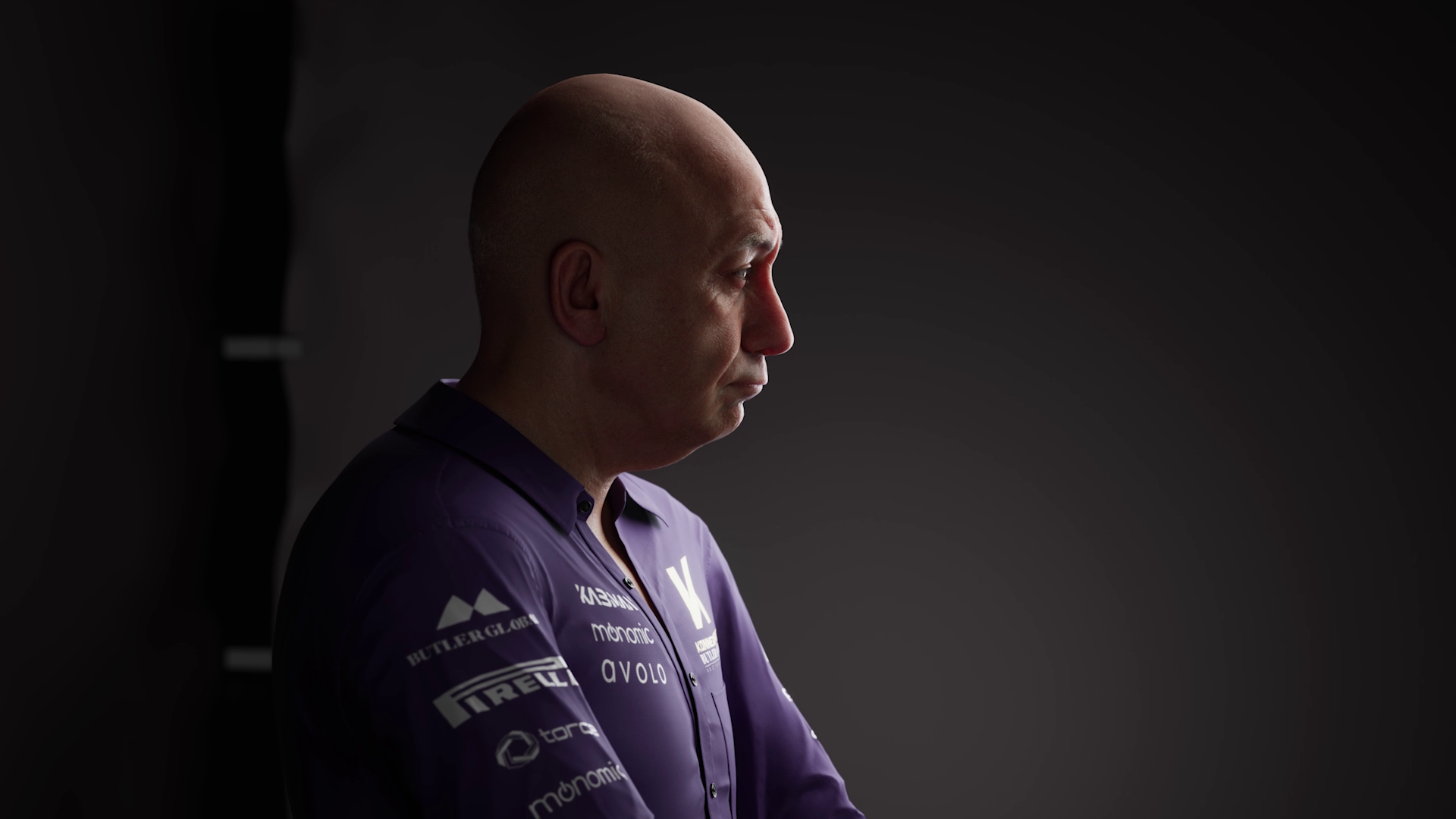
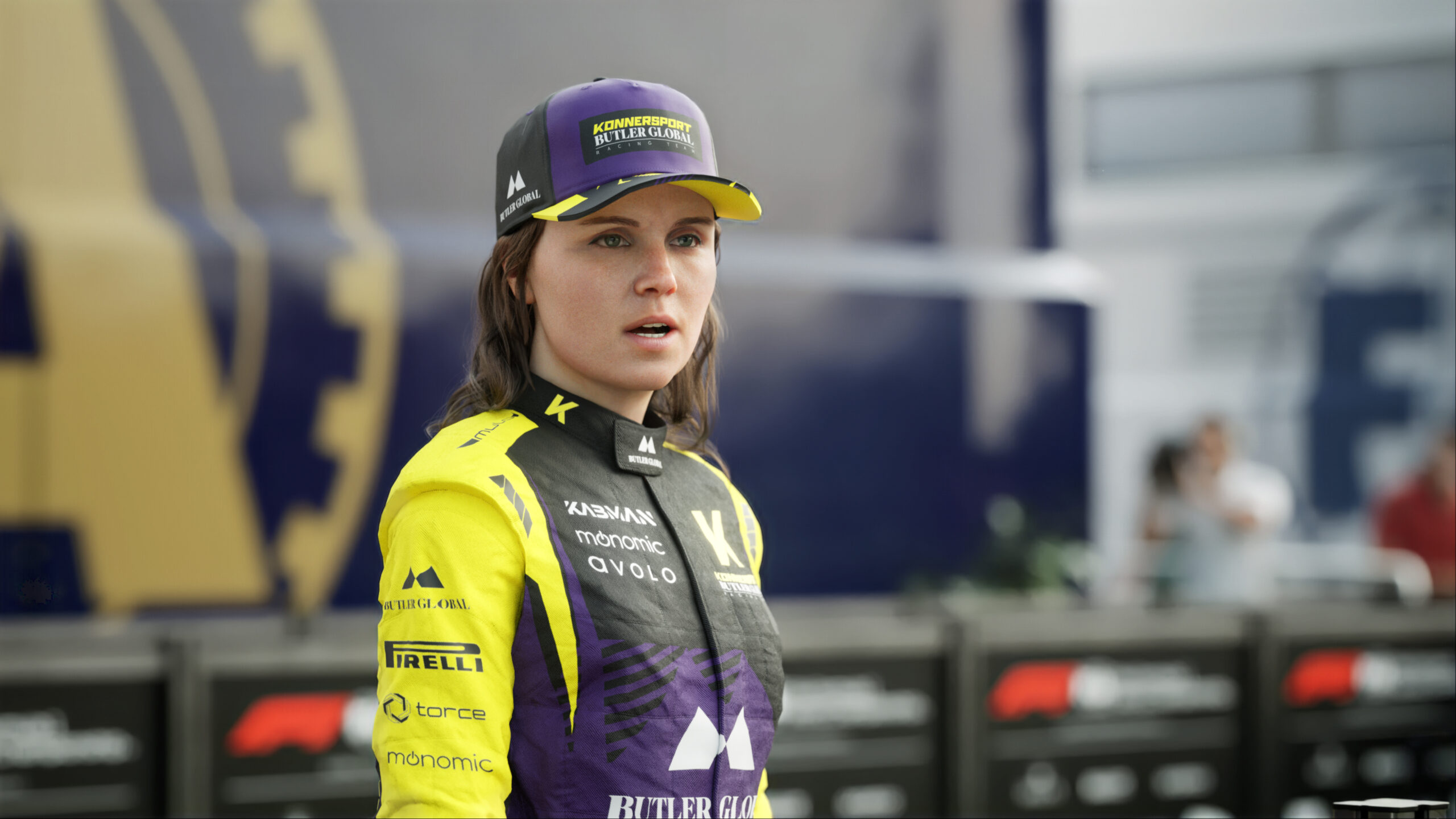
Frankenstein
Our team’s goal for this project was simple: to improve upon our previous cutscene work with F1 in every way possible. From the animation to the graphical fidelity, we wanted Braking Point 2 to be a huge visual step-up, and our new rigging tool, Frankenstein, helped lay the groundwork for this. Designed in Maya, Frankenstein is our new modular rigging tool that helped speed up the process of rigging the characters and cars, allowing our pipeline to ingest the facial and motion capture data from our vendors and applying it back to the control rig, which was vital in providing consistency for our animators.
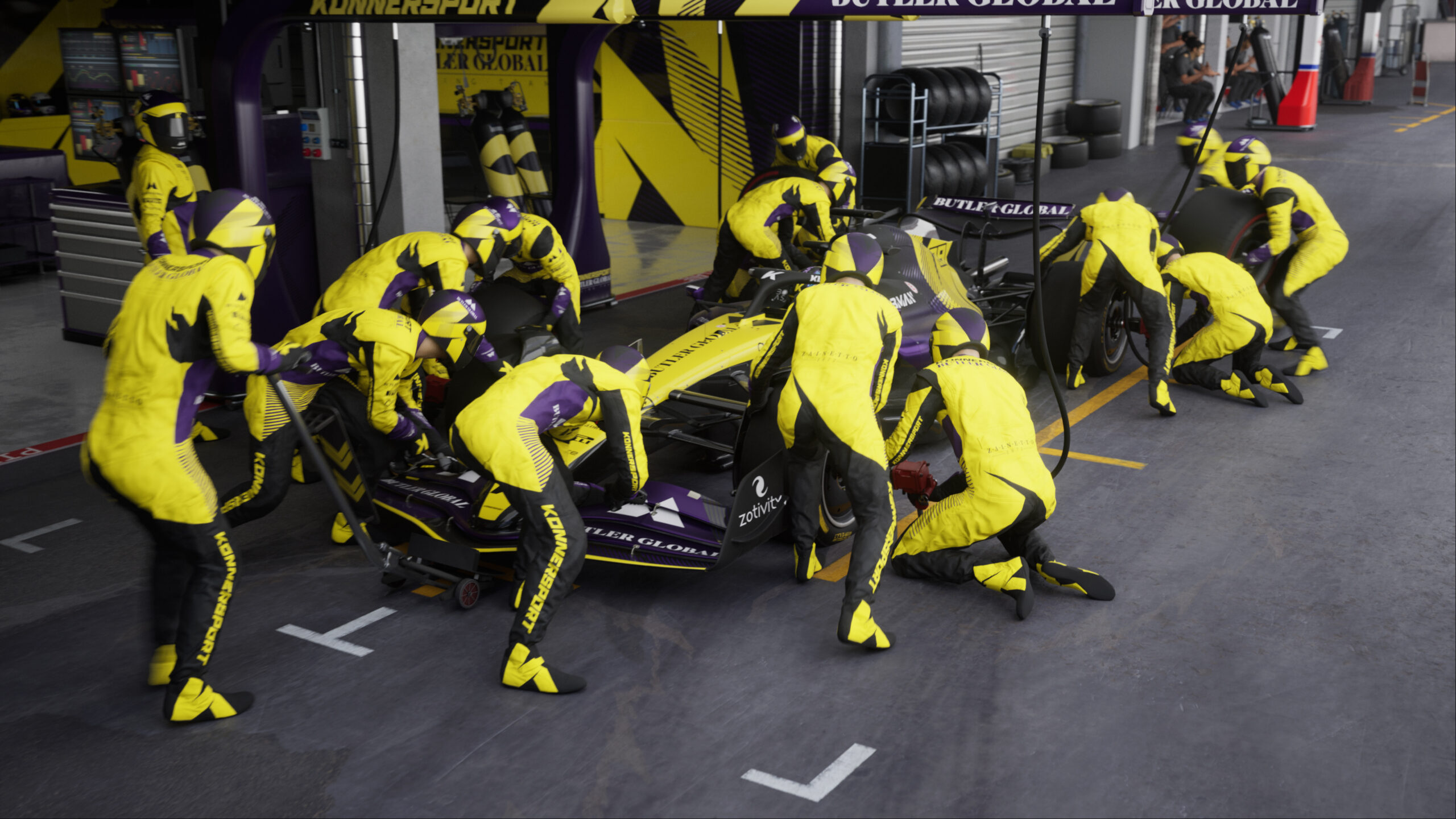
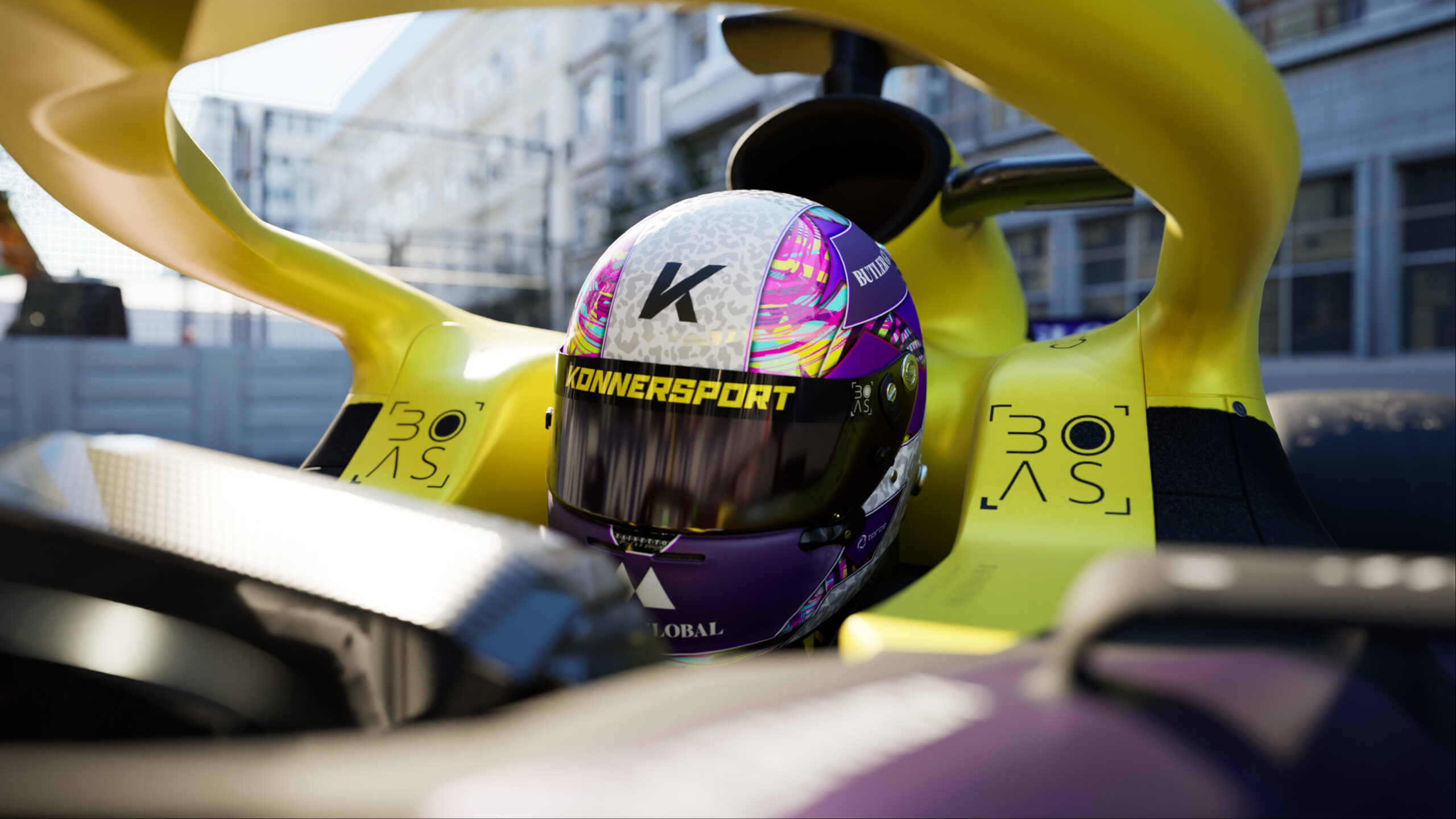
Performance Capture
In Braking Point 2, every in-game character is based on a real-life actor’s likeness and performance. To ensure we could accurately recreate the actor’s performance digitally, we held multiple performance capture shoots that utilised motion capture technology, and DI4D’s Head-Mounted Camera solution. Using this technology, we could capture intricate detail of the actor’s performance, from the inertia of the character’s face when they are talking to the subtlest of eye movements.
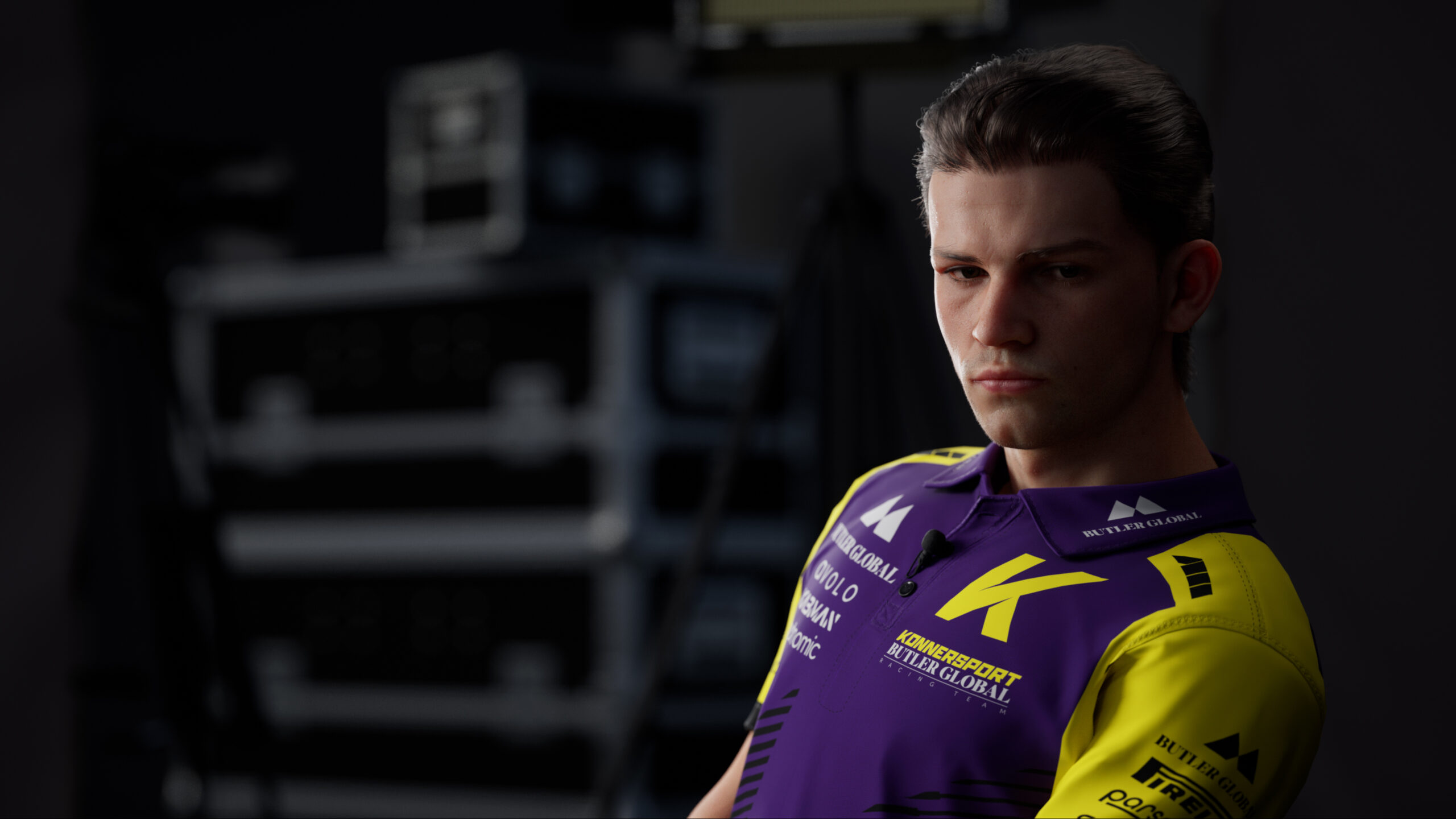

In-Engine Pipeline
We implemented a brand-new in-engine pipeline to render this project, using the latest tools to craft realistic groom and skin shaders, alongside stunning car and track renders with accurate global illumination, reflection, and refraction. The speed and flexibility of real-time rendering was crucial in delivering the project on time. Each scene could be tweaked based on client feedback much faster than a more traditional CPU renderer, which sped up production time significantly.
